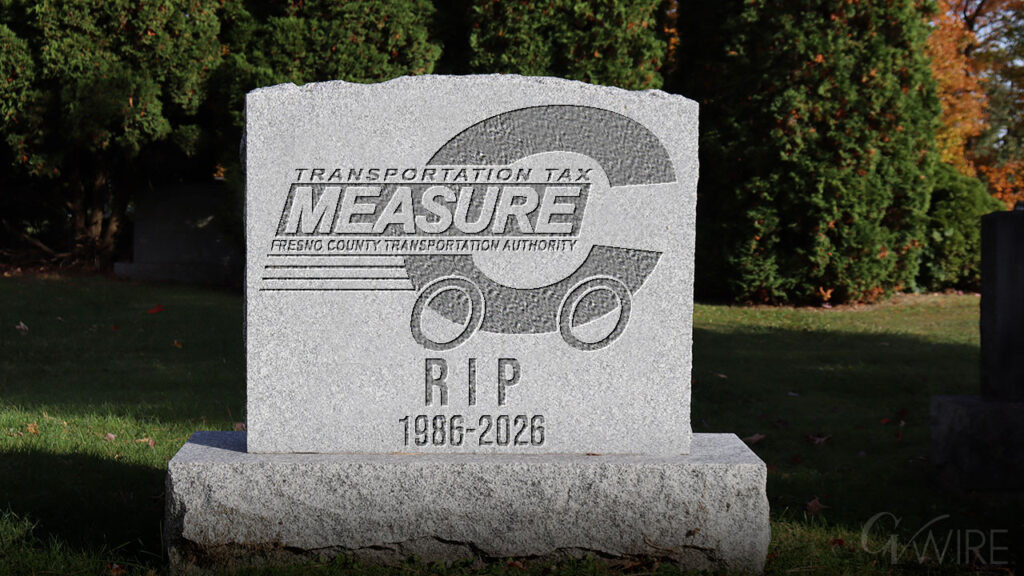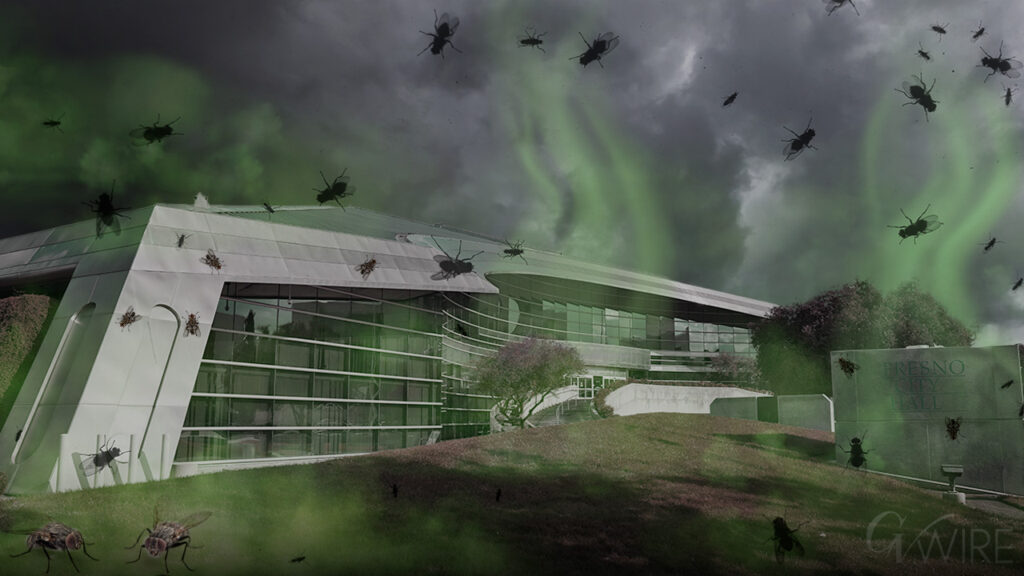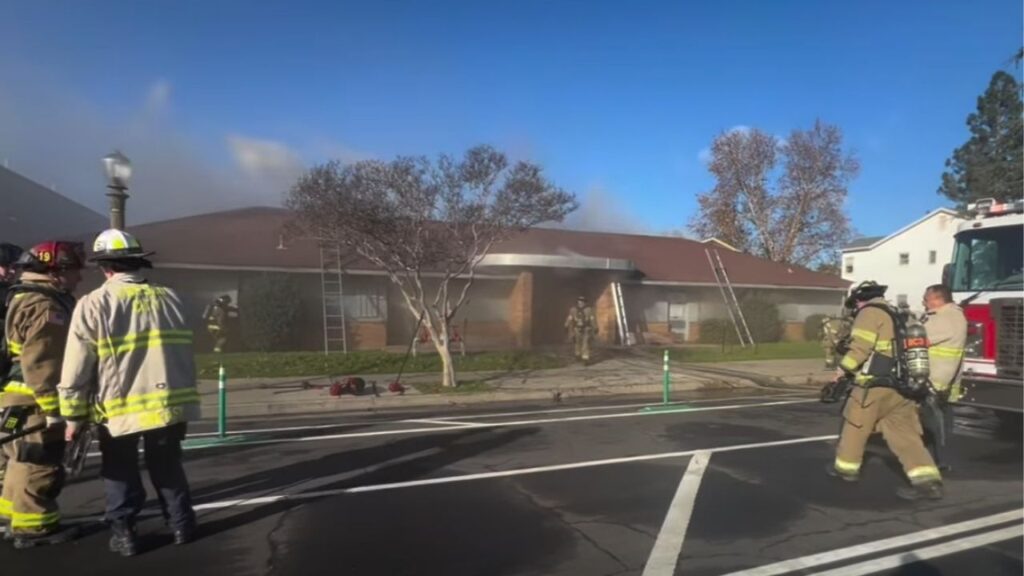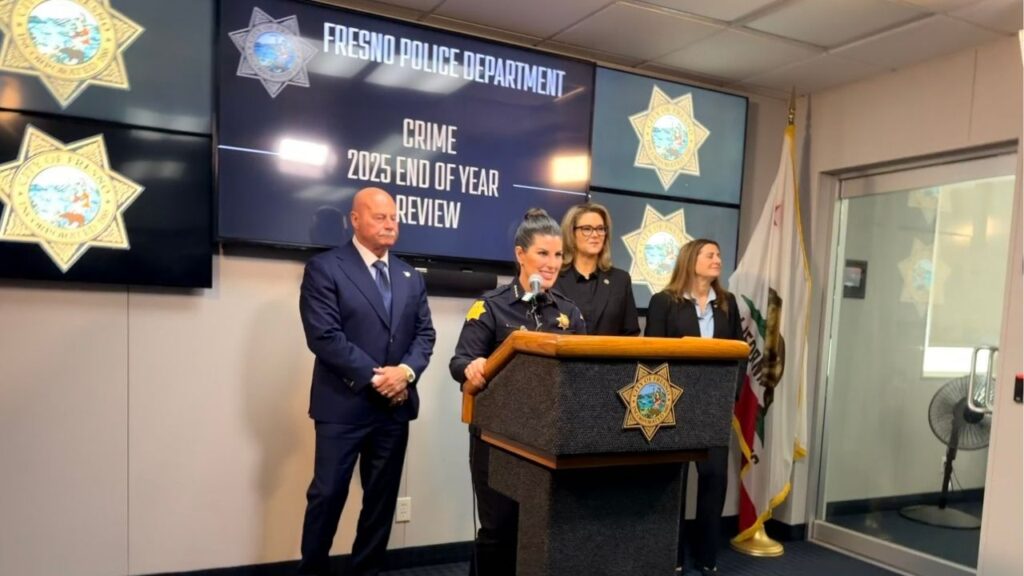Share
Recent earthquakes have us all thinking about emergency preparedness. Whether that’s updating the earthquake kit, putting supplies in the car trunk, or finally affixing the bookshelves to the wall, there are steps we can take personally to prepare for the worst.

Opinion
Charles Wilson
Special to CALmatters
In Trona, the town where the recent July 4-5 earthquakes were felt most keenly, it took six days for water service to be restored to residents. It was another eight days before the water was safe to drink without boiling it first.
For Southern California, this recent spate of earthquakes caused limited damage. But before we let our fear and sense of urgency about planning fade like Fourth of July fireworks, we must remember that the danger of future earthquakes is still very much with us. It is a question of when, not if.
California Institute of Technology seismologist Lucy Jones has said half the number of small and moderate earthquakes occurred in California during the last quarter century when compared to the previous period.
This earthquake “drought,” as she called it, will end.
“The Pacific plate is still on its very slow move, carrying Los Angeles toward San Francisco. Just as the rains came this winter, some year the big earthquake will come,” Jones wrote in the Los Angeles Times earlier this year.
Southern California Depends Heavily on Transported Water
An earthquake doesn’t have to happen in your neighborhood or city, or even your region, for it to have an impact, especially on Southern California’s water supply.
According to UCLA Professor Jon Stewart, the three main water systems that bring water to Southern California each cross the San Andreas Fault at least once.
This means that should the “big one” hit along that fault line, Southern California’s imported water supply from the Colorado River Aqueduct, the Los Angeles Aqueduct and the State Water Project could be severely impacted.
This is especially significant for the State Water Project.
About a third of Southern California’s water supply depends on water transported through the Sacramento-San Joaquin Delta. Islands in the Delta are protected by 100-year-old levees. Those levees are not likely to survive a major earthquake.
Should these levees collapse, water from San Francisco Bay would rush inland, and render water supplies too salty. That could interrupt service to millions of people, farms and businesses.
It’s a known risk, and efforts to address it have been underway for years.
Recently, Gov. Gavin Newsom has reaffirmed his commitment to move forward with the modernization of this critical statewide water system. A one-tunnel Delta conveyance solution would vastly improve reliability against earthquakes and levee failure.
Southern Californians Lead the Way on Innovation
In Southern California, we must also prepare for earthquake damage to this infrastructure by reducing our dependence on water from outside the region through smart, innovative, and integrated water management.
We must protect and replenish the region’s groundwater. It already is a vital part of Southern California’s water supply and could be even more critical should water infrastructure fail after a major quake.
Southern Californians are leading the way with innovative programs to clean up contaminated sites and to replenish groundwater supplies with captured stormwater and purified wastewater.
Orange County Water District, once way out in front of the pack on groundwater replenishment with recycled water, is now joined by the city of Los Angeles and L.A. County, both of which announced large projects to replenish groundwater supplies with recycled water and captured stormwater.
Others are doing projects, as well, too numerous to mention here.
Living in earthquake country makes planning and emergency preparedness critical. Taking steps to prepare for the worst is important, personally and as a region. Understanding where our water comes from, and just how important all of our supplies are, is a good start.
About the Author
Charles Wilson is executive director of the Southern California Water Coalition. He can be reached at cwilson@socalwater.org. He wrote this commentary for CalMatters, a public interest journalism venture committed to explaining how California’s Capitol works and why it matters.
[activecampaign form=19]
Categories

US Federal Agents Shot Two People in Portland, Police Says
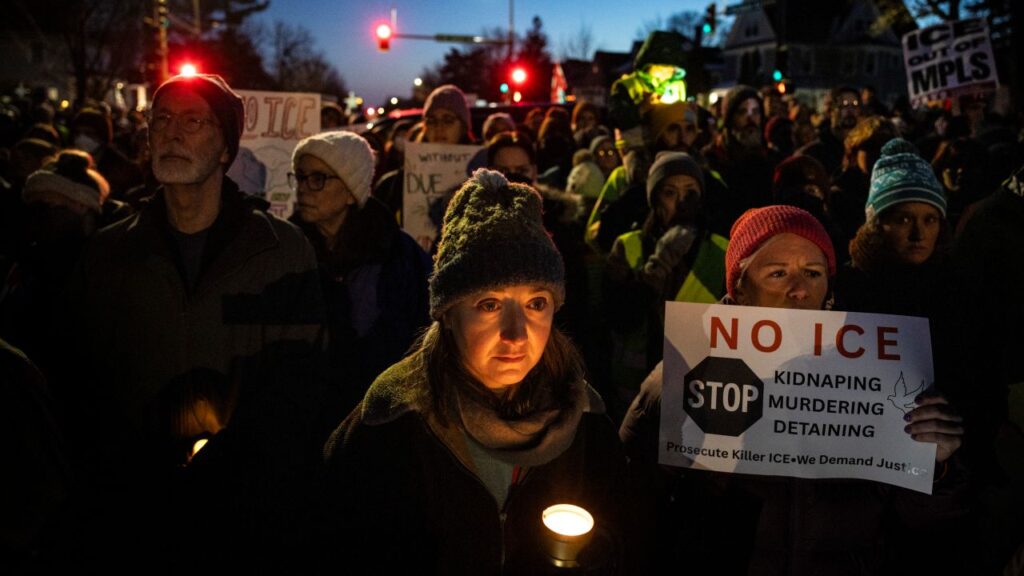
By Killing Renee Good, ICE Sent a Message to Us All






